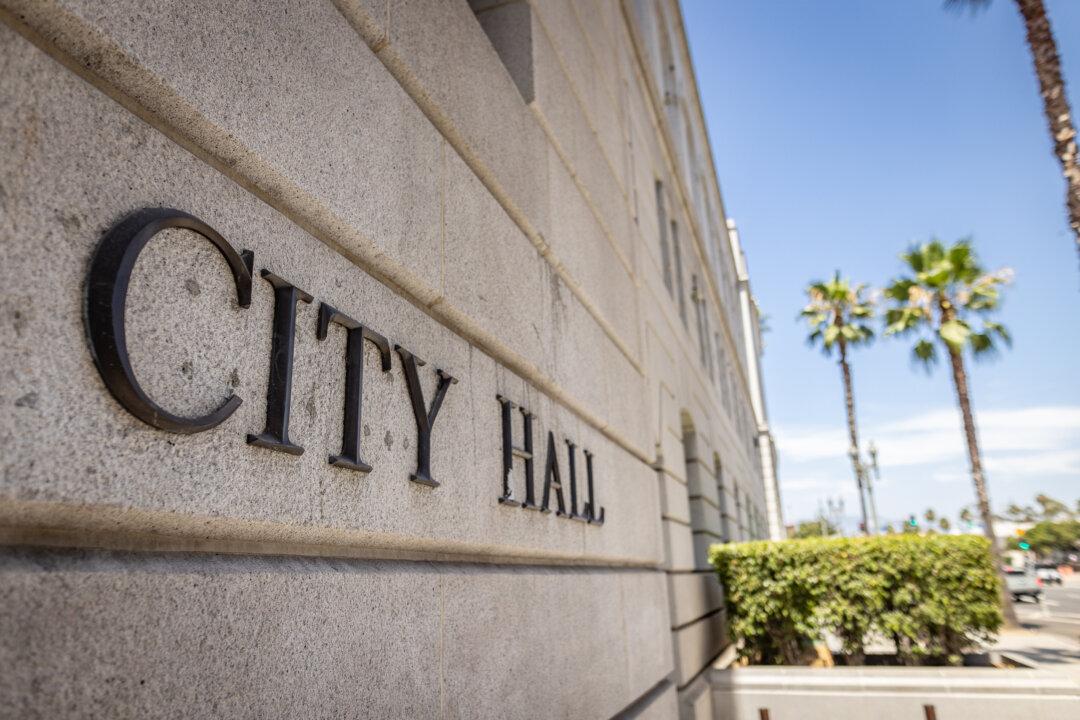It’s impressive how many different preferences people can have. Although bottled water is ubiquitous today, in the late 1970s, those living a conspicuous lifestyle purchased bottled water, like Perrier, to show off their success and affluence, while emphasizing healthy living practices and hygiene. Most business offices had a water cooler and were willing to pay the extra costs for a preference over tap water.
One wonders if people, when told that one-third of the tap water came from fresh mountain streams, would pay a premium if they were to receive that water? Of course, there’s no conceivable way to build the infrastructure to exclusively deliver that spring water to homes or businesses on demand. But they could rest in the knowledge that they were participating in a program to reach the goal of all tap water coming from natural mountain springs.
Another utility, electricity, is doing this right now. There are individuals who are willing to pay more for their electricity because they are being told that theirs is coming specifically from renewable sources.
Through a new concept known as community choice energy programs, customers are being told they’re receiving a certain portion generated by renewable energy sources.
But electricity is fungible and cannot be segregated via separate power lines to one’s home. They’re paying for the right to say that of the, let’s say 30 percent of electricity produced by solar and wind farms, they’re supposedly receiving the 30 percent portion, and the other 70 percent is being purchased by other ratepayers.
These customers now have bragging opportunities at cocktail parties that they’ve gone green. And sharing it on social media is the trend. Business customers can mention that they’re meeting environmental, social, and governance (ESG) goals. But, are they really?
Those currently purchasing electricity through the new Orange County Power Authority (OCPA), are paying a premium that averages 26 percent. That’s a high price to pay for the bragging rights while still receiving commingled electricity.
What’s amazing is that a governmental agency, governed by representatives of the cities involved with the community choice aggregation (CCA) middleman, steps in between the utility and the ratepayers and charges the higher price.
How do the rest of us get into this business? With so many gullible people blinded by a sincere desire to save the planet, where will it stop? First the taxpayers subsidize it, and now they watch it rolling in cash.
Speaking of subsidizing, Sacramento is encouraging people to purchase electric vehicles by granting massive income tax credits. Consequently, all of us taxpayers, rich and poor, are contributing to this government subsidy, whether we prefer charging our cars or not.
The amount of money being spent for a reasonable concern should make us step back and question the big picture.
If the OCPA were a co-op, it would at least refund its customers a significant portion of the profits. But it’s not a co-op. And if it were, then why even have the CCA? Simply for green bragging rights? How shallow is that?
The best reasoning given is to (1) build more charging stations (which makes sense) and (2) to improve OCPA’s credit rating (excuse me?). Why is that important? What will the OCPA be borrowing for? The marketplace is already building charging stations. There must be more depth to this scheme. Please.
There’s an old phrase attributed to P. T. Barnum about there being a sucker born every minute, but how did this sad concept get off the ground in a sophisticated place like Orange County?
Questioning OCPA, a program that far exceeds the core function of what government is supposed to do, will bring harsh criticism and claims of being anti-environment. A phrase comes to mind by Mark Twain, “It’s easier to fool people than to convince them they have been fooled.”
It’s important to save the planet. Something tells me we can do better than this pretend ploy.







